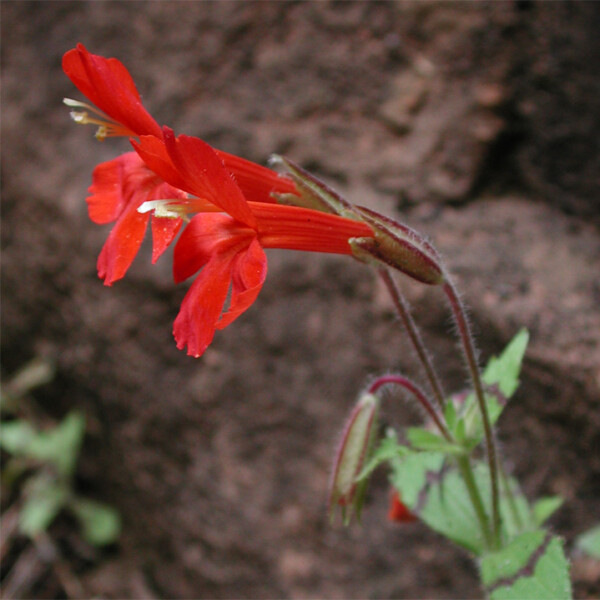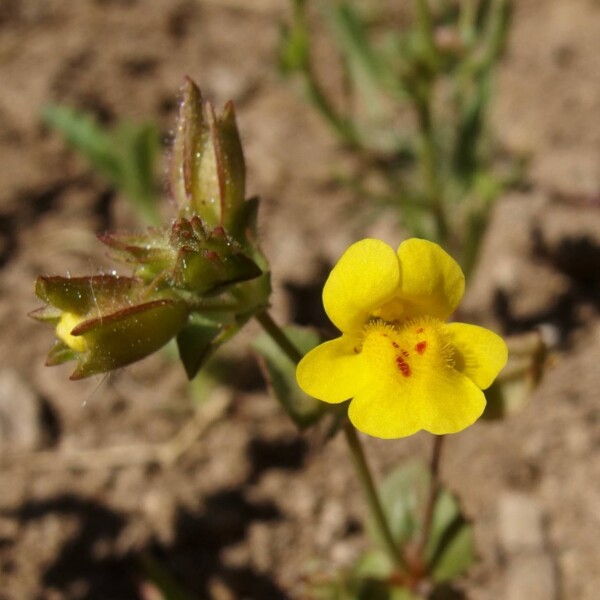Monkeyflowers are iconic desert plants found here in the Sky Island region and in much of the Western United States. Today’s Friday Flora Feature highlights the scarlet monkeyflower (Erythranthe cardinalis) and the seep monkeyflower (Erythranthe guttata).
It’s all in the name..or is it?
Biologists and nature enthusiasts tend to use scientific names (written as Genus species) when referring to flora and fauna. This reduces confusion as common names may vary by region and change over time. Yet, scientific names can also be befuddling. As our knowledge of the natural world grows, and our understanding of the relatedness of one species to another changes, species may be taxonomically re-classified and renamed. This was the case with our two flora features today.
Scarlet monkeyflower (Erythranthe cardinalis) was previously known as Mimulus cardinalis and the seep monkeyflower (Erythranthe guttata) was previously known as the Mimulus guttata. In 2012 the majority of species in the Mimulus genus were moved to other families, including a transfer of over 100 species to the Erythranthe genus.
The previous genus name, Mimulus, is derived from the Latin word mimus, as the flowers were said to mimic a smiling monkey face.
Scarlet Monkeyflower
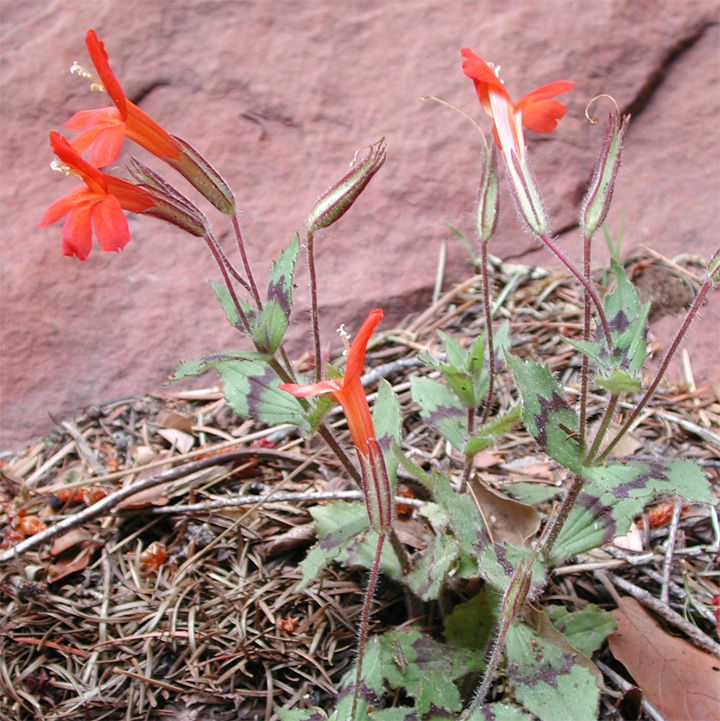
Scarlet monkeyflower
The scarlet monkeyflower (Erythranthe cardinalis), is sometimes referred to as the cardinal or crimson monkeyflower and is a striking native plant in the Southwest. They are rather conspicuous perennial plants in the Sonoran Desert and grow along shady streams and other areas that are moist year-round in riparian habitat. Conjured in their name, their flowers range from deep red to red-orange in color when they bloom from May through August, attracting butterflies and hummingbirds such as the black-chinned hummingbird to their tubular, nectar-rich flowers. Occasionally, scarlet monkeyflower populations may appear yellow when they are lacking pigments.
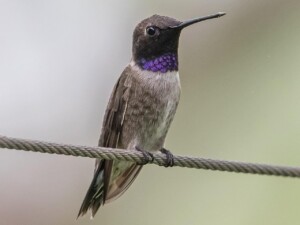
All About Birds, TheCornellLab
Seep Monkeyflower
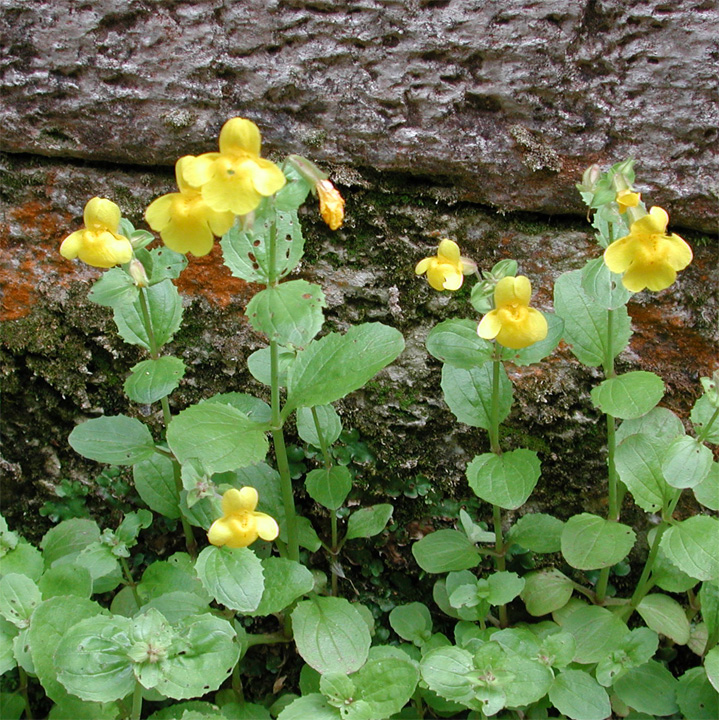
Seep monkeyflower
The seep monkeyflower or common monkeyflower (Erythranthe guttata) is a wide-ranging native plant and can be seen growing in many forms across the Western United States. It is usually considered to be an annual herb, but in permanently damp areas it can also develop perennial rhizomes below the soil and in this form can be considered a short-lived perennial. Seep monkeyflowers are quite common, and you can spot them growing in riparian areas, in moist soils around seeps, streams, and wet washes. In the Sky Island region, you’ll often see them in moist, sandy areas in sycamore canyons prone to flooding. The seep monkeyflower blooms from March through September and are yellow and vary greatly in appearance and size depending on growing conditions. Seep monkeyflowers are also liked by hummingbirds and butterflies, including the Mylitta crescent butterfly (Phyciodes mylitta).
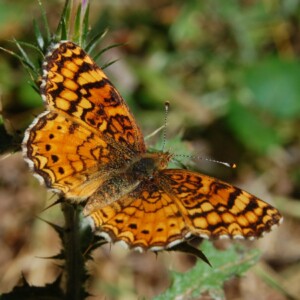
Seep monkeyflowers are host plants for the Mylitta crescent butterfly. Photo credit: Wikimedia Commons.
Indicator Species: Wetness
Both the scarlet monkeyflower and the seep monkeyflower serve as indicators species, meaning their presence tells us about the environmental conditions of the site. When spotted in the Sky Islands, you can assume that there is water nearby. By differentiating between the two monkeyflowers you can even understand the water availability and seasonality in the area. When you spot a perennial scarlet monkeyflower, you can presume there is water moisture available year-round, and when you see a seep monkeyflower you can guess the water source may be seasonal.
So, not only are monkeyflowers beautiful to spot in the wild, or cultivate at home in the garden, but they can help us understand more about the surrounding ecosystems where we find them, which is critical in the conserving and protecting the Sky Islands.
Sources:
Scarlet Monkeyflower: California Native Plant Society; SEINet Arizona-New Mexico Chapter
Seep Monkeyflower: California Native Plant Society; SEINet Arizona-New Mexico Chapter; Southwest Desert Flora
All plant photos from SEINet Arizona-New Mexico Chapter , others listed separately

